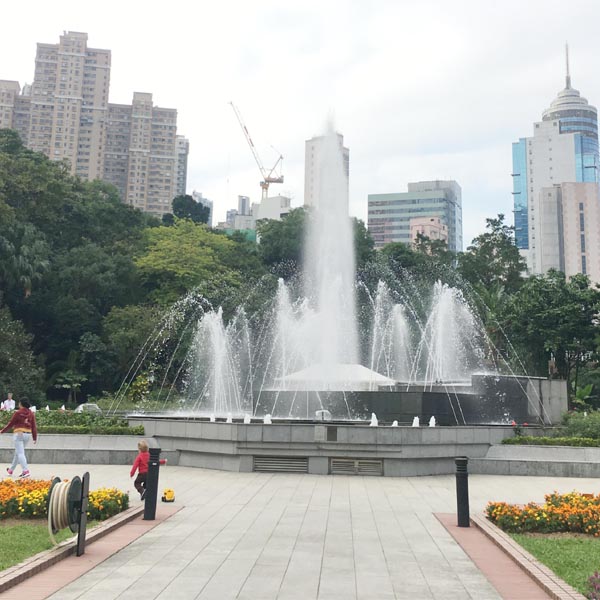
Hong Kong is known as a cosmopolitan city, one of Asia’s business centers and shopping capitals. While the city has tourist attractions set in nature such as Victoria Peak and Lantau Island located on its outskirts, not a lot of people know that there are ways to interact with nature within the city itself.
Hong Kong Zoological and Botanical Gardens
The Hong Kong Zoological and Botanical Gardens is located on the northern slope of Victoria Peak in the Central District, its main entrance located at Upper Albert Road. Founded in 1864, the 5.6-hectare property is one of the oldest zoological and botanical gardens in the world, and the oldest park in Hong Kong.
The botanical garden has over 1,000 plant species, including many rare ones. The plants are grouped into thematic gardens, including the Bamboo Garden, which is 10 times bigger than the other gardens; the Camellia Garden, home to around 30 species of camellia; and the Magnolia Garden, which features five species of magnolia.
There is also a greenhouse where various orchids, vines, ferns and carnivorous plants are on display.
History buffs should head to the southern entrance, where a memorial arch dedicated to the Chinese who died assisting the Allies during World Wars I and II is located.
The zoo houses over 50 mammals, 20 reptiles and 600 birds, separate from the Edward Youde Aviary. Its size limits it to keeping small to medium mammals such as orangutans, gibbons, lemurs, meerkats; reptiles like tortoises and pythons; and birds like hornbills, spoonbills, flamingoes and pheasants.
The Hong Kong zoo has been criticized for its inadequate facilities and overcrowded conditions. This unfortunate factor aside, the Hong Kong Zoological and Botanical Gardens is a nice green getaway in the middle of a bustling city.
Admission is free.

Hong Kong Park and Edward Youde Aviary
The Hong Kong Park is a sprawling eight-hectare public space that opened in 1991 and is considered an award-winning example of the blending of natural landscape and modern design.
It is home to historic buildings such as Flagstaff House, which houses the Flagstaff House Museum of Teaware, as well as buildings from its former incarnation as Victoria Barracks which now have modern uses.
The park also encompasses sports areas, gardens, the Forsgate Conservatory greenhouse and the Edward Youde Aviary.
The Edward Youde Aviary is the largest aviary in Southeast Asia. Named after Sir Edward Youde, governor of Hong Kong from 1982 to 1986, it spans 3,000 sq.m. and is built over a natural valley at the bottom of the northeastern slope of Victoria Peak, a very short walk from the Hong Kong Zoological and Botanical Gardens.
It contains 600 birds of 80 species indigenous to Southeast Asia and New Guinea, including mynas, pelicans and sparrows.
The walk-through aviary is disinfected four times a day. It’s an interesting way to see Hong Kong, as the city is visible from the aviary’s dome enclosure.
Admission is also free.

